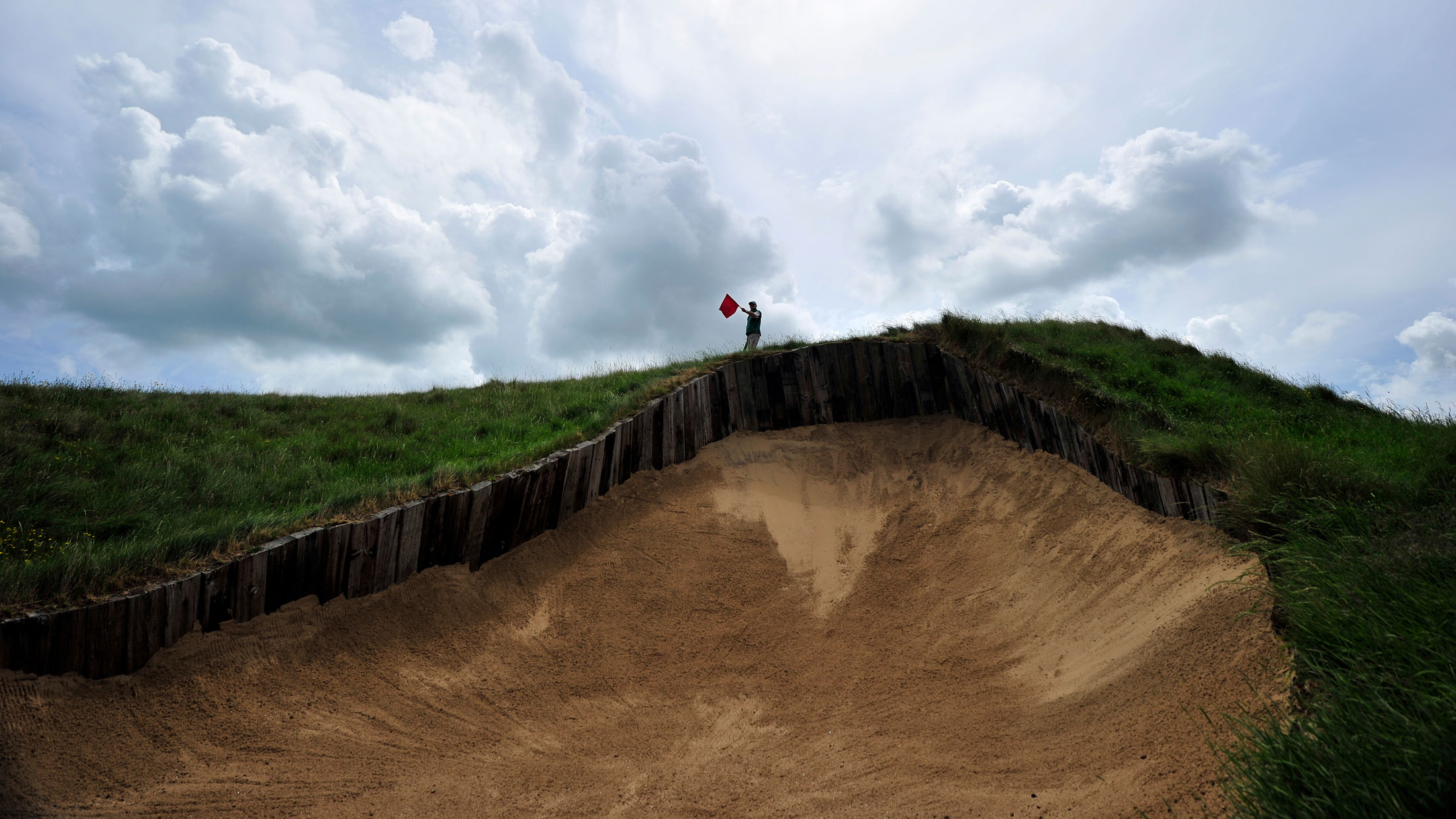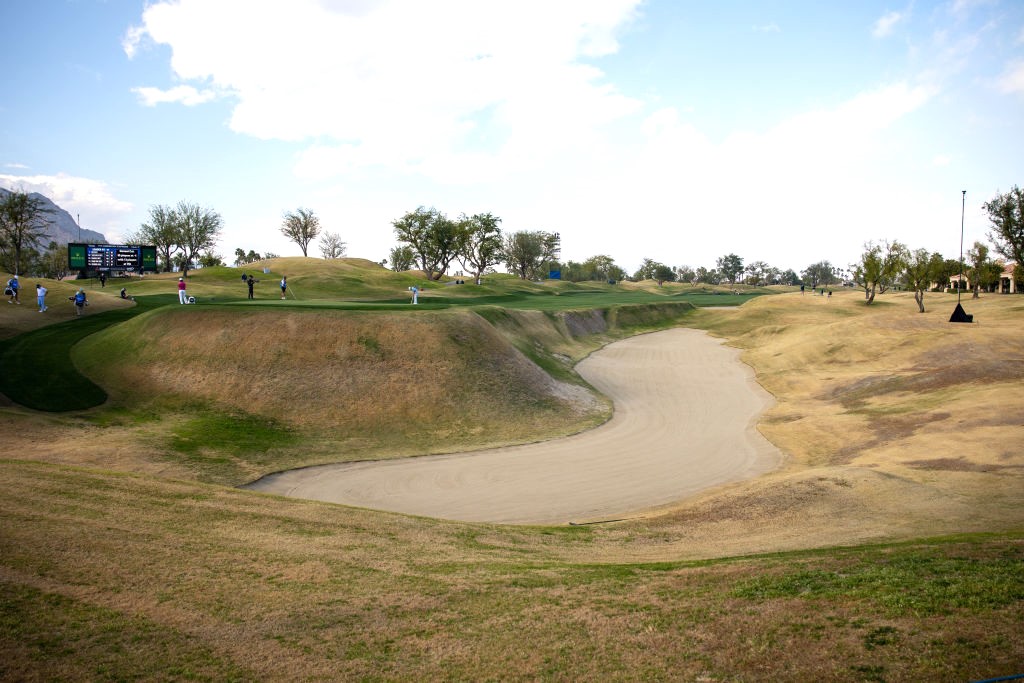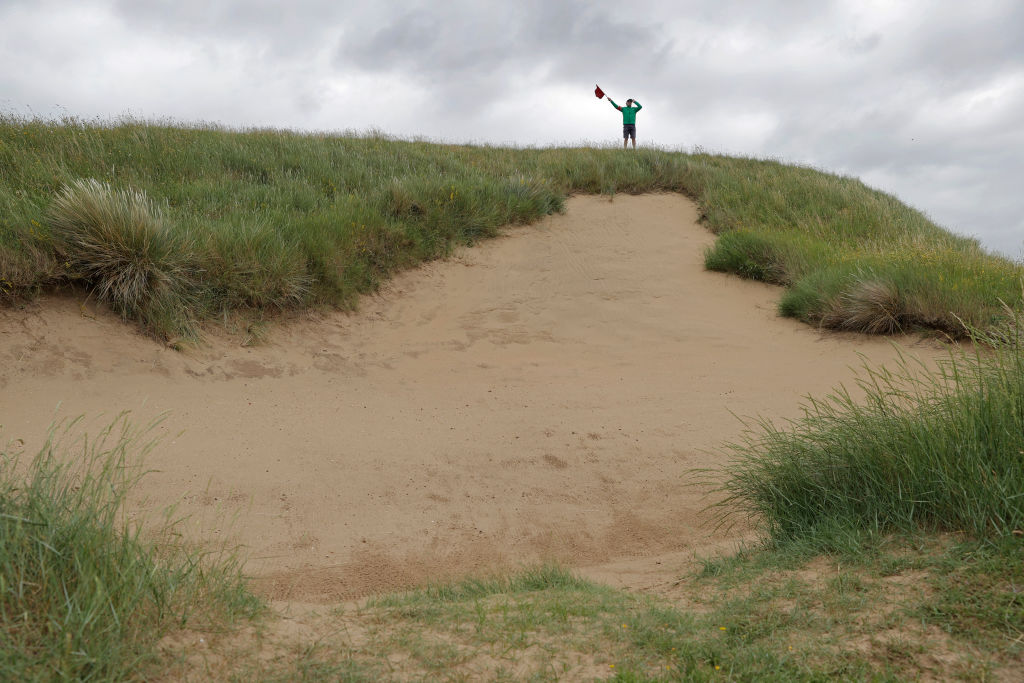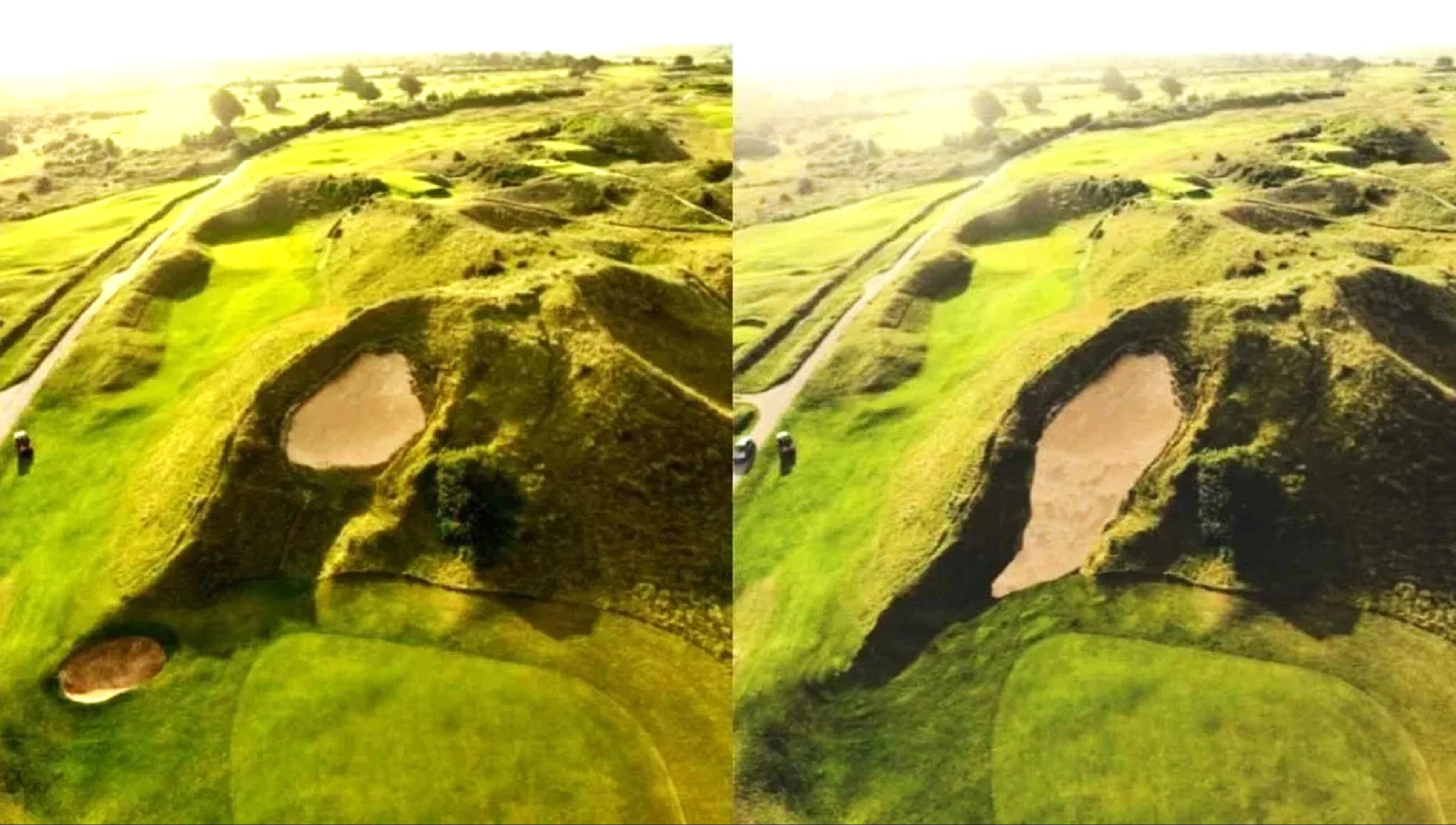
Here are some of the fiendishly imposing bunkers – or sand traps as they are also sometimes called – that have been inflicted upon golfers around the world. It may come as no surprise, considering he revelled in his reputation for building some of the world toughest courses, with such comments as “life is not fair, so why should I make a course that is fair”, that Pete Dye created the first one on our list.

The par-5 16th on the Stadium Course at PGA West has a greenside bunker that is 20ft deep. The exact depth was not pre-determined as architect Pete Dye just told the bulldozer driver to keep digging until he struck water. “His bulldozer finally found water at 22 feet,” Dye recalled, “and we leveled it off at 20.”
Developer Ernie Vossler had told Dye to create the ‘hardest course in the world’, but he thought this was going too far, or too deep anyway. He arranged to have some sand placed down there, and Dye explained: “Tossing me a sand wedge, Ernie challenged me: ‘If you can get it on the green from there, then the damn bunker’s all right with me.’ I used my flip-wrist sand wedge swing and safely elevated the ball up to the green site.”
So the bunker was built. But it has to be said that Dye was a very good amateur golfer who, aged 31, had qualified for the US Open, where he missed the cut by two shots.

The Himalaya bunker on the 495-yard 4th hole at Royal St Georges, an Open Championship venue, is 40ft deep by 25ft wide. This bunker used to be buttressed by wooden sleepers, but these have been removed to make it look more natural and in keeping with the rest of the course.

Royal St George's does not have the only famous Himalaya bunker, as the bunker on the 6th hole at St Enodoc in Cornwall is also called this. St Enodoc’s 6th hole is 378 yards long and has a towering dune across the middle of its fairway. The bunker in this dune had shrunk over the years, but recently it has been restored to something akin to its 1930s dimensions, and now measures 90ft by 45ft.







